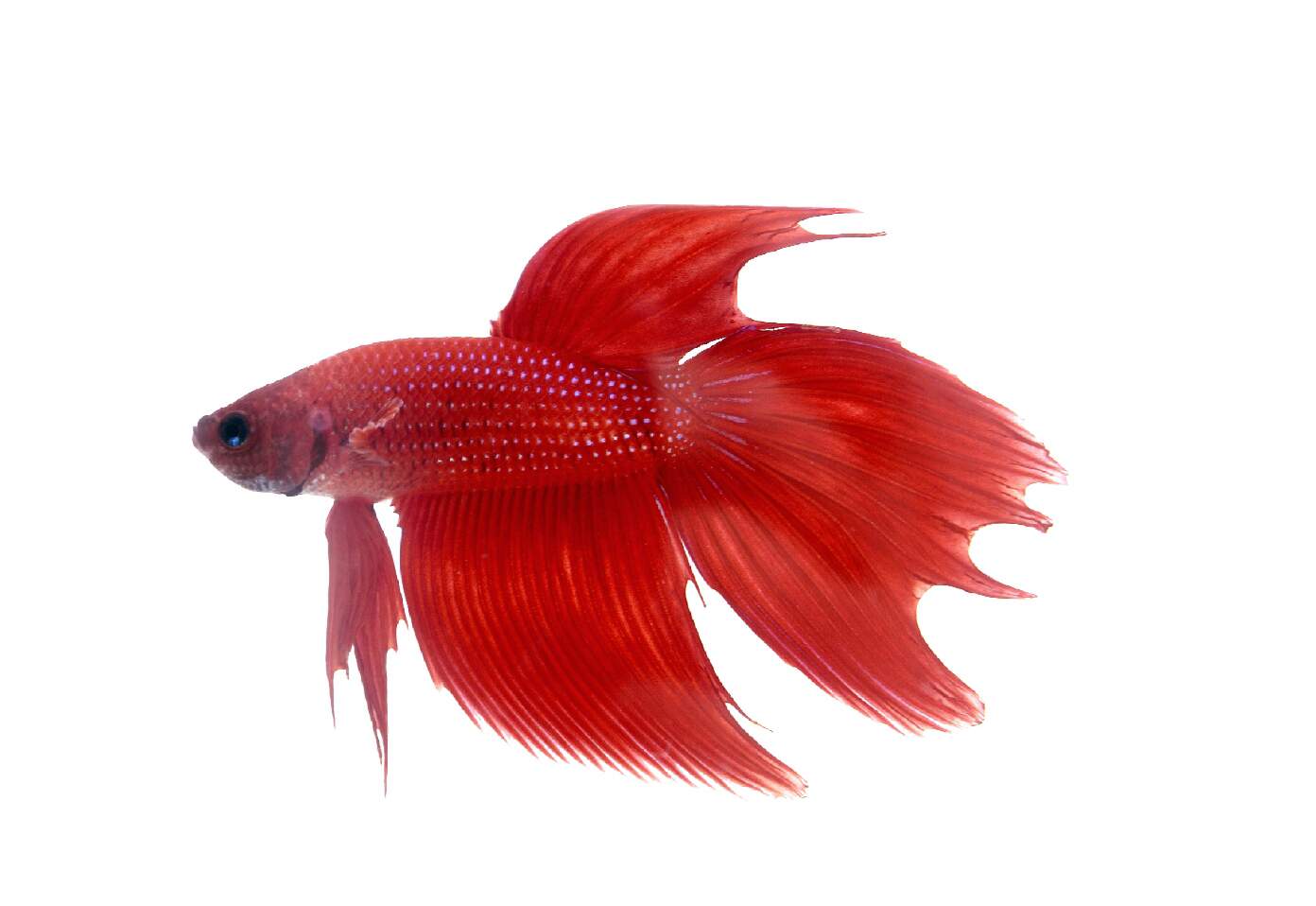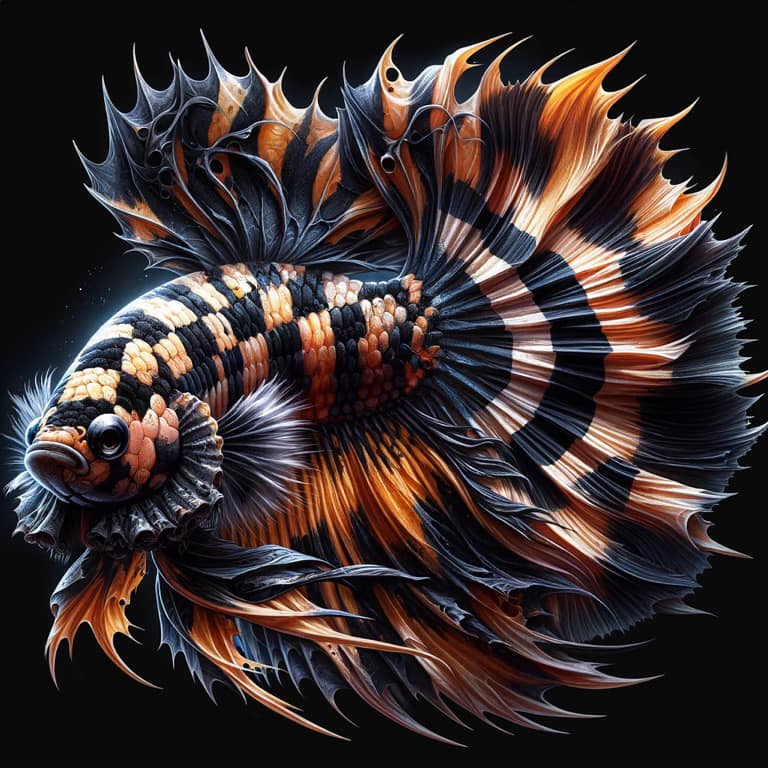Understanding Betta Fish Behavior: What Every Proprietor Should Know
Understanding Betta Fish Behavior: What Every Proprietor Should Know
Blog Article
Reproducing Betta Fish: a Comprehensive Step-By-Step Guide to Effectively Raising Child Bettas From Eggs to Their Adult Years
Breeding Betta fish is a careful undertaking that calls for careful planning and execution to make certain the successful advancement of fry from eggs to develop fish. As the male Betta vigilantly constructs a bubble nest and guards the valuable eggs, the subsequent stages of care and change need focus to information and understanding of best methods.

Picking Reproduction Pairs
When starting the journey of reproducing Betta fish, choosing the right breeding pairs is important to achieving preferable qualities and a healthy family tree - betta fish. The initial step in this process is to determine the details qualities you wish to boost or protect, such as shade, fin type, and physique. It is necessary to select genetically varied pairs to stay clear of inbreeding, which can cause health concerns and undesirable features
Assess possible breeding candidates very carefully. A healthy and balanced male Betta must show dynamic shades, an active disposition, and well-formed fins, while the lady should additionally display lively pigmentation and a rounded tummy, showing preparedness for spawning. Observing the temperament of both fish is crucial, as aggressive or excessively reluctant individuals may not reproduce efficiently.
Paperwork of family tree is just as crucial. Keeping documents of the moms and dad fish's ancestry can assist you track hereditary qualities and possible issues. Furthermore, consult trustworthy breeders or online resources for assistance on selecting suitable pairs. Inevitably, investing time in the option procedure will significantly improve the possibility of creating solid, vivid spawn that fulfill your breeding goals (betta fish).

Preparing the Breeding Container
Developing an optimum breeding setting is a crucial step after choosing appropriate sets for Betta fish. The reproduction tank need to be particularly designed to supply comfort and promote the natural reproduction behaviors of the fish. Beginning with a tank dimension of at the very least 10 gallons to ensure ample area for both the male and women Bettas.
Maintain a mild filtration system to maintain the water clean while avoiding solid currents that can worry the fish. Additionally, an air rock can be added to give oxygenation without interrupting the water surface too much.
Temperature level policy is important; aim for a steady series of 78-82 ° F(25-28 ° C) utilizing a reputable heater. The pH level need to be maintained between 6.5 and 7.5, and normal water changes are required to make certain high water high quality.
Include floating plants or spawning mops to produce concealing spots for the female, while also encouraging bubble nest structure by the male - betta fish. Lastly, guarantee the tank is cost-free from sharp designs and any potential risks, as the well-being of the fish need to constantly be prioritized during this critical phase of look at this web-site breeding.
The Reproduction Refine
Commonly, the reproducing procedure for Betta fish entails a collection of distinctive and visible actions that suggest preparedness for recreation. The male Betta starts by developing a bubble nest at the water's surface, which functions as a site for the fertilized eggs. This nest is important, as it offers a safe environment for the eggs until they hatch.
As soon as the nest is developed, the man will show courtship actions, such as flaring his fins and exhibiting vibrant shades to bring in the lady. The lady, upon noticing the man's readiness, will certainly react by showing vertical stripes along her body, signifying her receptiveness.
The fertilized eggs after that fall to the bubble nest, where the male very carefully gathers and returns them to the nest. Following this, the male thinks obligation for guarding the nest and making certain the security of site web the eggs till they hatch out, normally within 24-36 hours.
Caring for Betta Fry
Looking after Betta fry requires cautious attention to their atmosphere and nourishment to guarantee healthy development and growth. After hatching, Betta fry are exceptionally small and prone, necessitating a steady and clean habitat. Preserving a water temperature level between 78 ° F and 80 ° F is critical, as Betta fry thrive in cozy problems. Furthermore, ensure that the water is cost-free of hazardous contaminants; regular water modifications of 10-20% are advised to maintain ideal water top quality.
Feeding Betta fry is equally important. Feed them small quantities numerous times a day, being cautious not to overfeed, which can lead to water high quality issues.
Transitioning to Grownup Bettas
As Betta fry mature, transitioning them to grown-up Bettas is a crucial phase that calls for cautious administration of their atmosphere and social interactions. This process normally starts when the fry get to around six weeks of age, at which factor they can be progressively presented to a much more structured living environment.
To promote this transition, it is important to make certain Read Full Report that the water specifications-- such as temperature, pH, and ammonia degrees-- are ideal and steady. Adult Betta fish grow in warm water (around 78-80 ° F) with a pH of 6.5 to 7.5. Progressively accustom the fry to these conditions to lessen stress.
Social communications are another key aspect; man Bettas are notoriously territorial and hostile. It is suggested to separate males right into individual tanks as they grow. Female Bettas can be housed with each other, yet care ought to be required to monitor for signs of hostility.
Furthermore, dietary modifications should be made as the fry expand. Integrate top notch pellets and live foods to support their development and wellness. By handling these aspects effectively, you can promote a successful shift to the adult years for your Betta fish.

Verdict
Successful reproduction of Betta fish requires mindful interest to information throughout the entire process, from selecting genetically varied pairs to giving ideal treatment for fry. Furthermore, a well balanced diet plan and progressive adaptation to grown-up environments are critical for the growth and growth of Betta fish.
Report this page